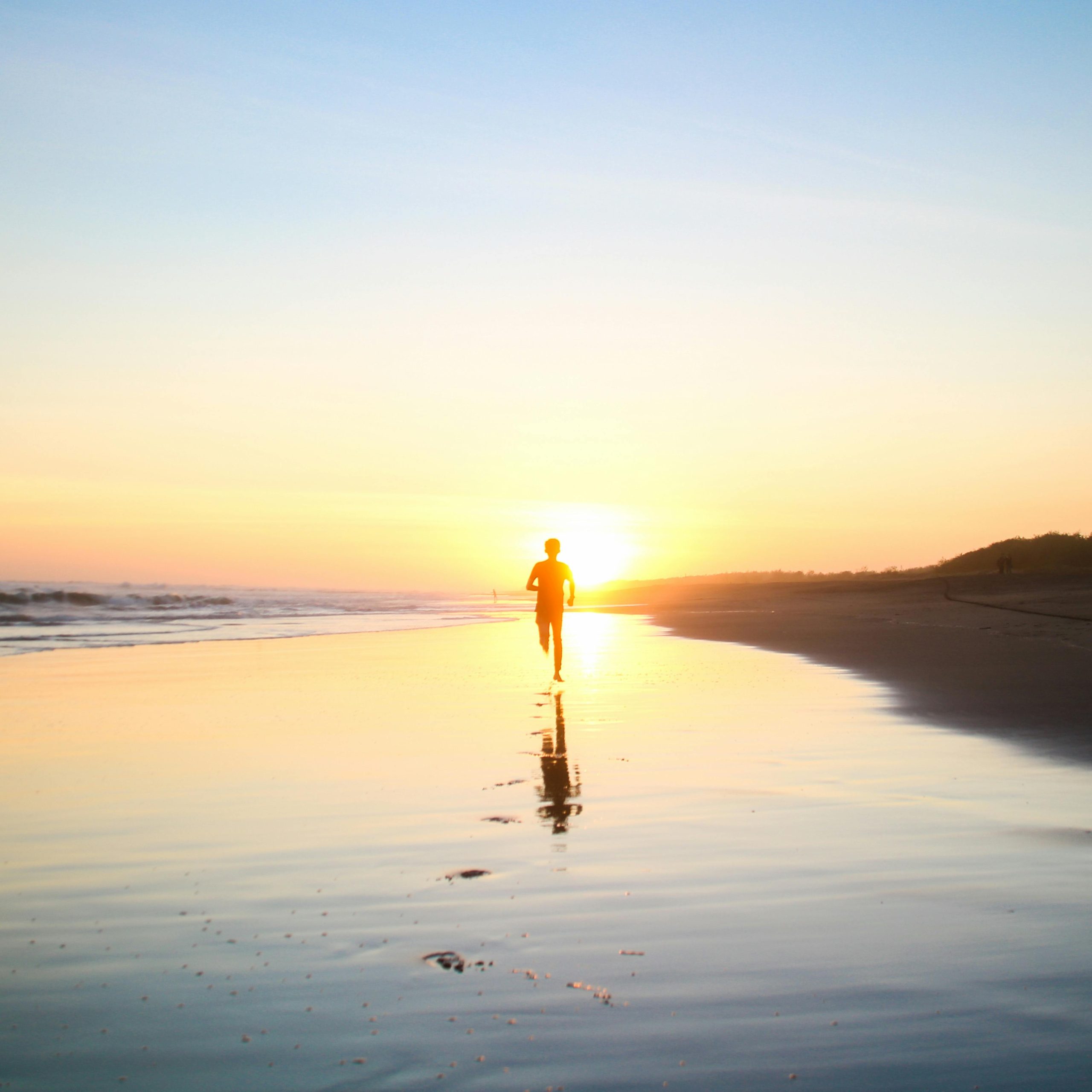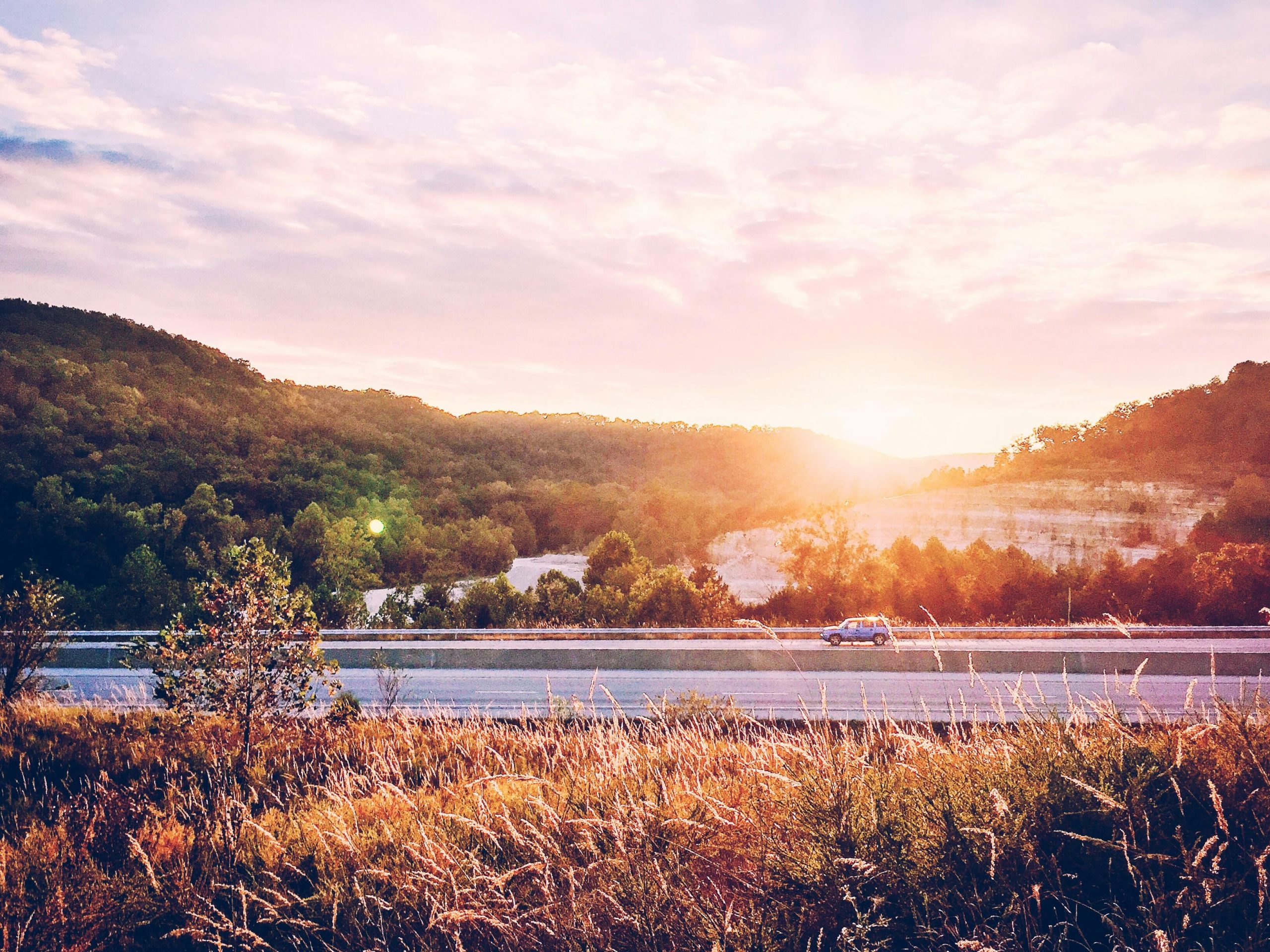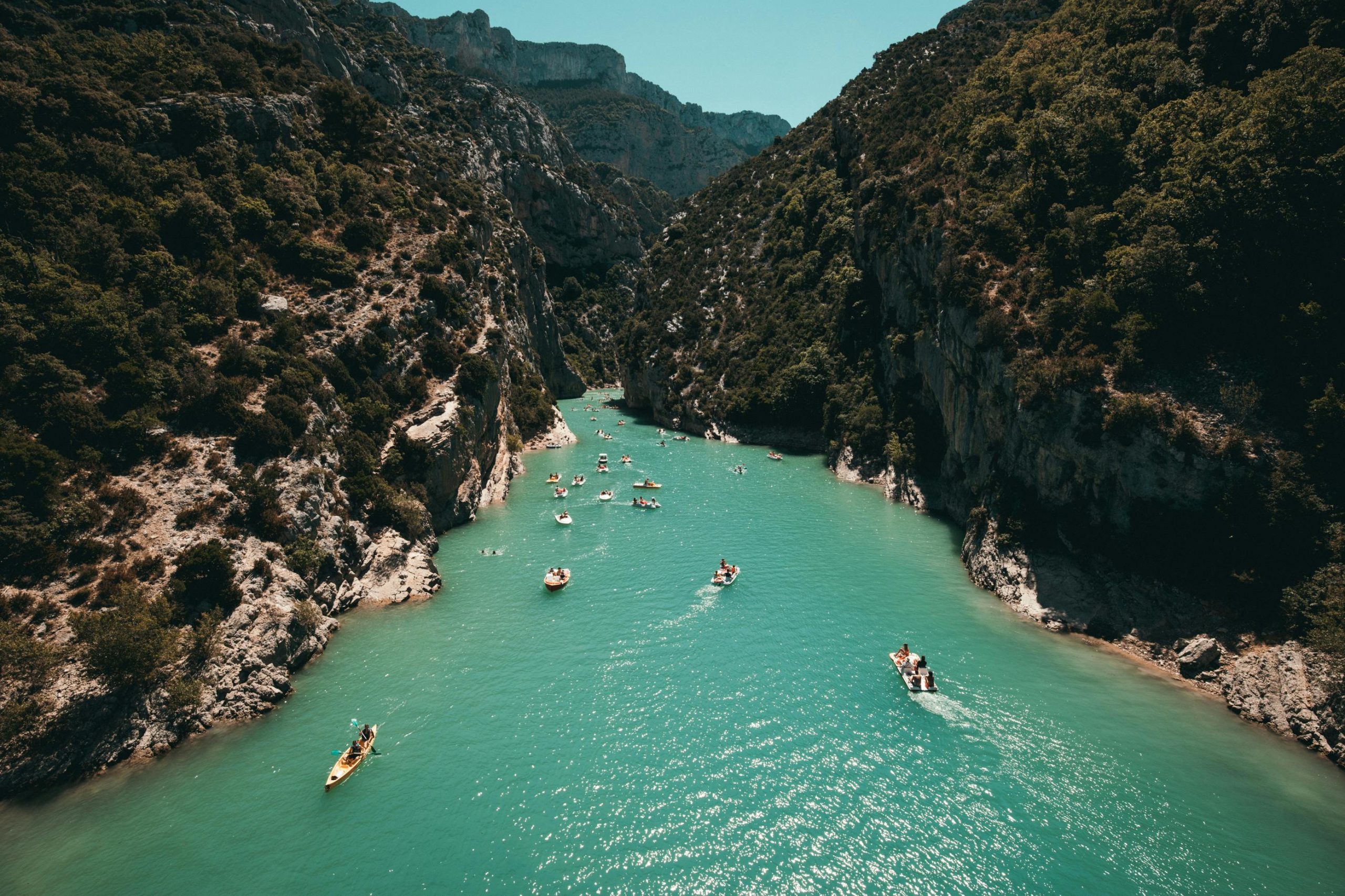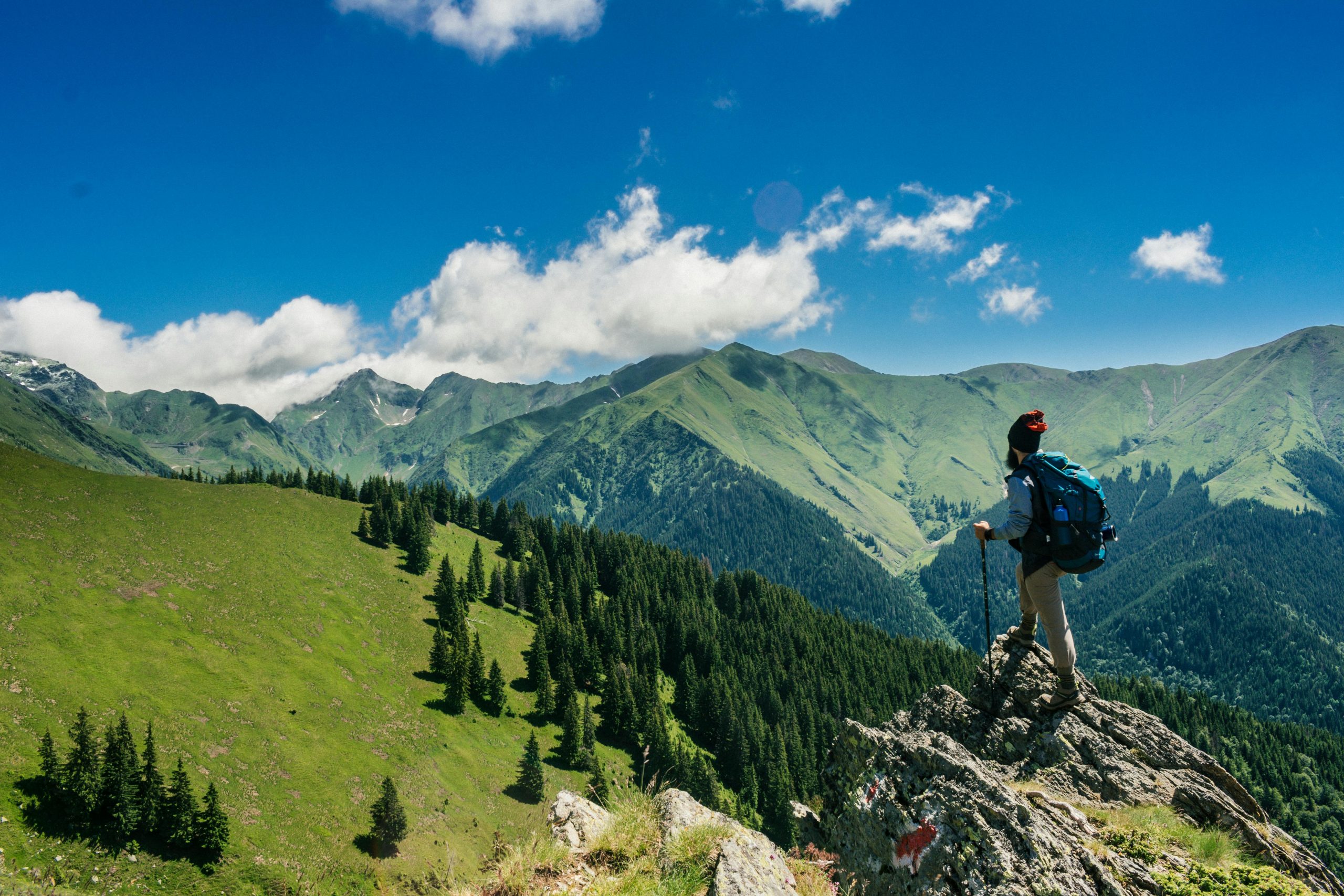This Article Was Generated By AI.

Wanderlust: A Pilgrimage of the Soul
We do not travel to escape life, but to prevent life from escaping us.
I. The Illusion of Movement
The modern tourist mistakes motion for meaning. They collect destinations like stamps—Paris, Tokyo, Machu Picchu—checking off a list written by others. Their cameras capture monuments but miss the whispers between cobblestones, the way afternoon light slants differently across foreign windowsills. This is not travel; it is transportation of the body with the soul left waiting at the departure gate.
II. The Alchemy of Disorientation
True transformation begins when maps fail.
That moment in a Marrakech alley when north and south dissolve into the scent of cumin and orange blossoms
The Tokyo subway station where every sign becomes a brushstroke painting
The Appalachian trail where fog erases all paths forward and backward
These are the places where the carefully constructed self cracks open. A traveler returns fluent in new silences.
III. The Paradox of Return
The greatest journey changes your eyes before it changes your location. After:
Your morning coffee carries the ghost of Italian piazzas
Rain smells like that sudden Bangkok downpour
The childhood street you’ve walked ten thousand times reveals hidden geometries
We carry landscapes in our bones. The voyage outward becomes an excavation inward—every foreign sunset a mirror held up to undiscovered countries within.
IV. The Eternal Itinerary
The real pilgrimage has no final destination. It lives in:
The immigrant grocer’s stories folded between spices
The dog-eared atlas on a winter night
The way train tracks make promises in every language
To travel is to court the beautiful vertigo of human connection. We depart so we may recognize home when we find it—whether in a Kyoto teahouse or our own suddenly unfamiliar backyard.
The compass points not north, but outward and inward simultaneously. The most important border crossings happen when we’re perfectly still.



